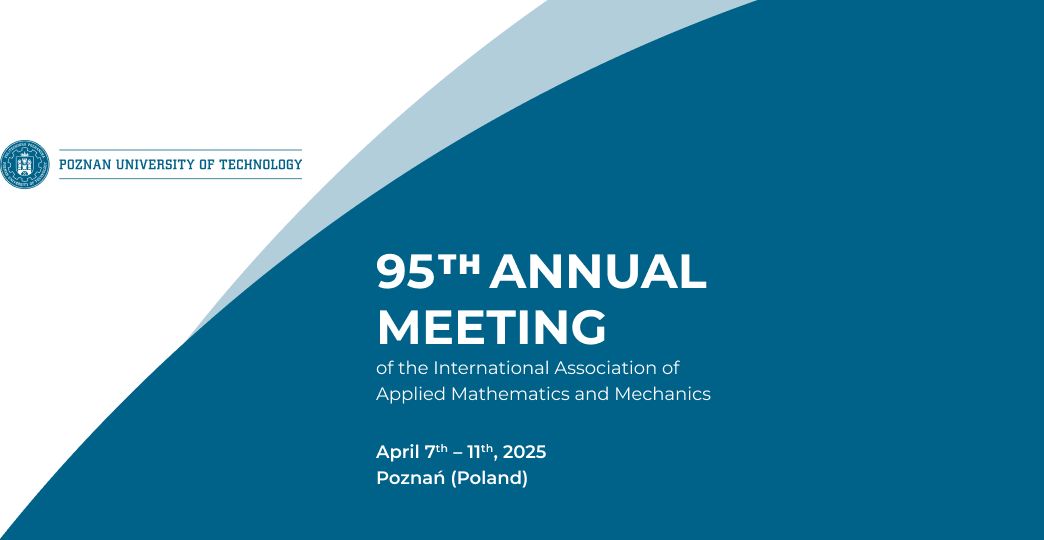Speaker
Description
Stabilization techniques in combination with reduced integration are often employed in numerical methods to address the problems of locking while reducing computational costs. In finite elements, concepts such as enhanced assumed strain methods (EAS) [1] are usually employed in combination with stabilization techniques to tackle certain locking phenomena, such as volumetric or shear locking. This combination has been shown to improve the performance of low-order finite element formulations while addressing the downsides of reduced integration [2].
In recent years, the virtual element method (VEM) has emerged as a numerical approach capable of handling arbitrary polygonal and polyhedral meshes, offering flexibility in mesh generation and refinement [3]. This flexibility makes VEM particularly suitable for a wide range of applications involving distorted, non-convex, and irregular meshes. Similar to reduced integration, VEM formulations require stabilization to avoid rank deficiencies and ensure numerical consistency. Different stabilization techniques have been employed to overcome this issue. In addition to that, connections between classical stabilization strategies, such as hourglass stabilization, and stabilization techniques applied in VEM have been established [4].
In this contribution, different stabilization techniques are presented and investigated, with a particular focus on their application within the framework of the VEM. The discussion addresses the connections between classical approaches and emerging strategies, emphasizing their role in tackling challenges in computational mechanics. To validate the methodology, numerical examples, including benchmark problems, are conducted and the performance is quantified.
[1] J. C. Simo and F. Armero. Geometrically non-linear enhanced strain mixed methods and the method of incompatible modes, International journal for numerical methods in engineering, 33(7):1413–1449, 1992.
[2] N. Pacolli, A. Awad, J. Kehls, B. Sauren, S. Klinkel, S. Reese, and H. Holthusen. An enhanced single Gaussian point continuum finite element formulation using automatic differentiation, Dec. 2024.
[3] L. Veiga, F. Brezzi, A. Cangiani, G. Manzini, L. Marini, and A. Russo. Basic principles of virtual element methods, Mathematical Models and Methods in Applied Sciences, 23, 2013
[4] A. Cangiani, G. Manzini, A. Russo, and N. Sukumar. Hourglass stabilization and the virtual element method, International Journal for Numerical Methods in Engineering, \linebreak 102(3):404–436, 2015

